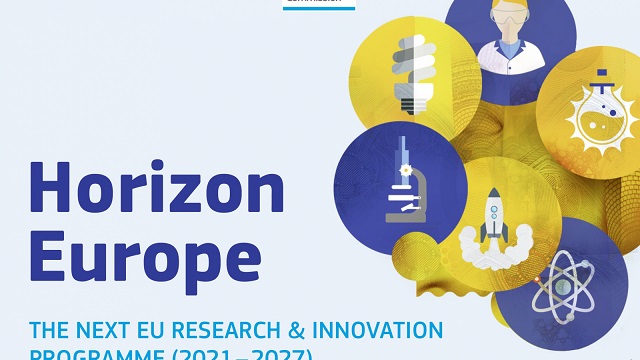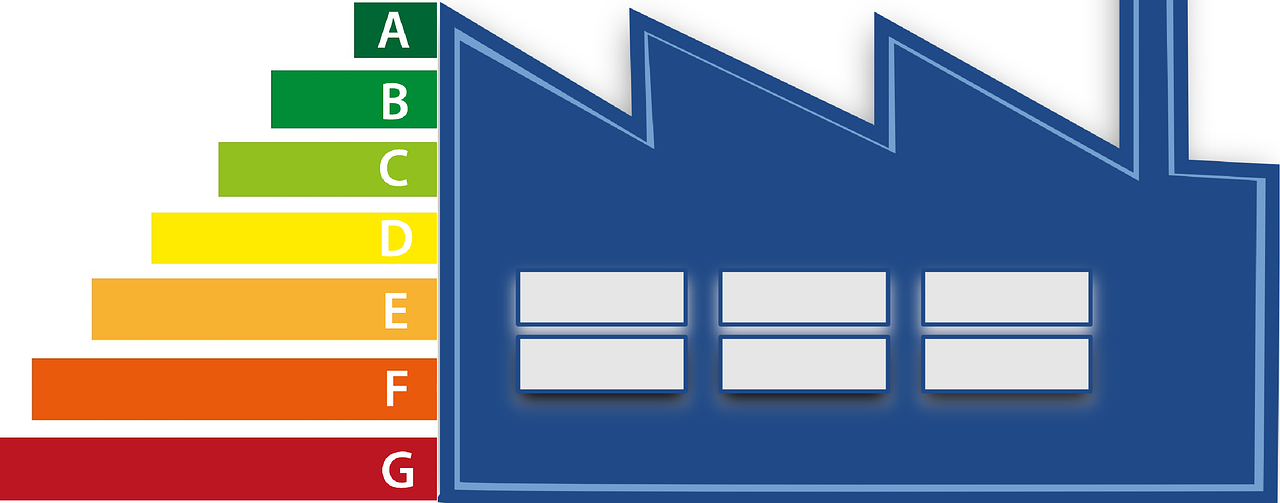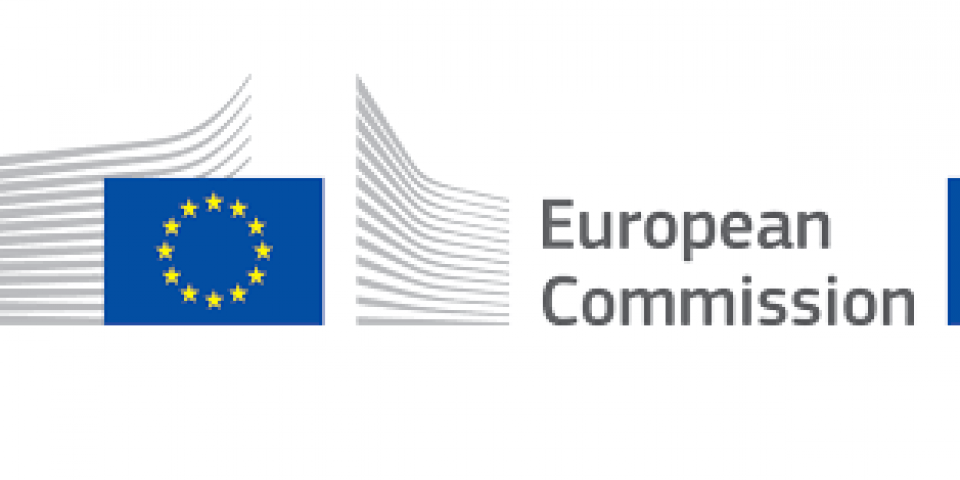The European Commission adopted the first strategic plan for Horizon Europe, the new EU research and innovation programme worth €95.5 billion in current prices. The strategic plan is a novelty in Horizon Europe and sets the strategic orientations for the targeting of investments in the programme's first four years. It ensures that EU research and innovation actions contribute to EU priorities, including a climate-neutral and green Europe, a Europe fit for the digital age, and an economy that works for people. An ambitious plan for an ambitious programme: The strategic plan sets out four strategic orientations for research and innovation investments under Horizon Europe for the next four years:
- Promoting an open strategic autonomy by leading the development of key digital, enabling and emerging technologies, sectors and value chains;
- Restoring Europe's ecosystems and biodiversity, and managing sustainably natural resources;
- Making Europe the first digitally enabled circular, climate-neutral and sustainable economy;
- Creating a more resilient, inclusive and democratic European society.
International cooperation underpins all four orientations, as it is essential for tackling many global challenges. The strategic plan also identifies the European co-funded and co-programmed partnerships and the EU missions to be supported though Horizon Europe. The partnerships will cover critical areas such as energy, transport, biodiversity, health, food & circularity, will complement the ten Institutionalised European Partnerships proposed by the Commission in February.
New EU energy labels applicable from 1 March 2021
To help EU consumers cut their energy bills and carbon footprint, a brand-new version of the widely-recognised EU energy label will be applicable in all shops and online retailers from 1 March 2021. The new labels will initially apply to four product categories – fridges and freezers, dishwashers, washing machines, and television sets (and other external monitors). New labels for light bulbs and lamps with fixed light sources will follow on 1 September, and other products will follow in the coming years.
With more and more products achieving ratings as A+, A++ or A+++ according to the current scale, the most important change is to return to a simpler A-G scale. This scale is stricter and designed so that very few products are initially able to achieve the “A” rating, leaving space for more efficient products to be included in the future. The most energy efficient products currently on the market will typically now be labelled as “B”, “C” or “D”. A number of new elements will be included on the labels, including a QR link to an EU-wide database, which will allow consumers to find more details about the product. A number of ecodesign rules will also come into force from 1 March – notably on reparability and the need for manufacturers to keep spare parts available for a number of years after products are no longer on the market.
The European Commission welcomes the agreement reached by the European Parliament and the Council on the Connecting Europe Facility (CEF) proposal, as part of the next long-term EU budget 2021-2027.
The Connecting Europe Facility programme supports investment in Europe's transport, energy and digital infrastructure networks. It will support the twin green and digital transition, by contributing to the ambitious targets for the European Green Deal and the Digital Decade.
It will support the goals of the Smart and Sustainable Mobility Strategy laying the foundation for how the EU transport system can achieve its green and digital transformation and become more resilient to future crises. As outlined in the European Green Deal, the result will be a 90% cut in emissions by 2050, delivered by a smart, competitive, safe, accessible and affordable transport system. It will also prioritise environmentally friendly modes such as rail and the development of charging points for vehicles using alternative fuels.








